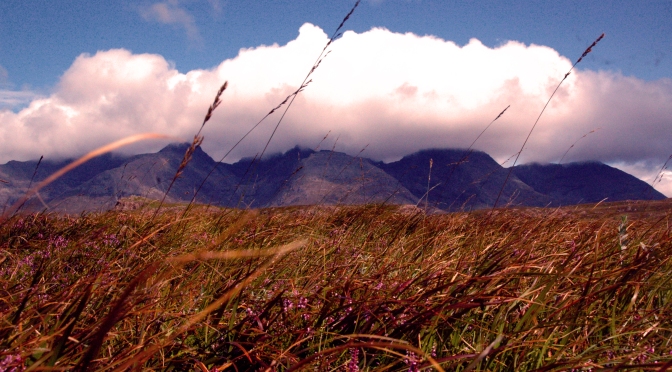Wild Scotland: Untamed, Feral and indescribably beautiful. These words immediately conjure images of majestic stags, silhouetted against craggy backdrops of heather-clad mountains; a sleepy land, alive with life, where the quiet stillness of the hills betrays losses long forgotten.An ancient land, steeped in natural heritage and history from which it has made its fame, where the legends of old mingle easily with the factual histories and the locals are happy to keep the magic alive through spellbinding tales of magic, war and bloodshed.
However pride is selective, and many argue that things that now represent Scotland, and indeed form part of the Scottish brand, are simply the result of agricultural industrialisation and have little links to the Scotland of old. Indeed, the pure waters of the rivers, integral to the salmon and whisky trade appear to be running low and many of the animals which roamed our hills in years gone by are missing, replaced by an abundance of deer, grouse pheasant and sheep, which in turn has had an impact on the countries once fabled forests and indigenous species.
However, as the industrial sector becomes ever more unpredictable, many are recognising a need to assess and protect the Scotland’s natural wealth and capitalise on the opportunities it presents in terms of tourism, biodiversity. environment and land management. Recent years have shown a rise in the number of conservation projects committed to protecting Scotland’s endemic species and proposing a “rewilding” of its landscapes with species which long since extinct. Some of these projects, such as the recent Beaver reintroduction at Knapdale have been hailed successful despite the challenges, while the results of others, such as Capercaillie conservation, have been questionable in terms of cost and natural impact.
In March 2015, Lynx UK announced a public survey to assess public opinion of the reintroduction of Eurasian Lynx to the Scottish Highlands. If approved this could pave the way for further large mammal re-introductions in the future such as wolves and bears, both of which have been absent from the UK wilds for well over 400 years. Due to the high level of controversy and sensationalism by the media in reporting these issues, this blog aims to collate the science, evidence, information and opinions from all stakeholders in order to present an unbiased platform that interested parties can use to evaluate the arguments for and against wildlife re-introductions in Scotland.
